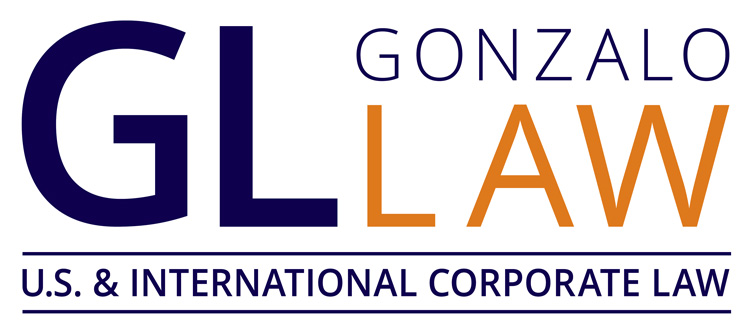
If you are thinking of starting a non-profit organization, then it is important that you are aware of the many different non-profit designations that are available.The IRS has over 30 different options to choose from so it is important to know which one is right for your organization. It covers a broad range of issues that are specific to the purpose or type of membership that makes-up the organization.
The following chart provides a brief description of the different options available.
501(c)1 Corporations organized under Act of Congress such as Federal Credit Unions
501(c)2 Holding corporations they hold the title of property for an exempt group
501(c)3 All Charitable organizations religious, educational, scientific, amateur sports competitions
501(c)4 Civic leagues, social welfare organizations, local associations of employees
501(c)5 Horticultural, agricultural, and labor organizations
501(c)6 They improve business conditions :Chamber of Commerce, real estate boards, business leagues
501(c)7 Social & Recreation Clubs
501(c)8 Fraternal beneficiary societies and associations
501(c)9 Voluntary employee’s beneficiary societies and associations
501(c)10 Domestic Fraternal Societies and Associations(no life, sickness or accident benefits)
501(c)11 Teachers retirement fund
501(c)13 Cemetery Companies
501(c)14 State Chartered Credit Unions, Mutual Reserve Funds
501(c)15 Mutual Insurance Companies
501(c)16 Cooperative Organizations to Finance Crop Operations
501(c)17 Supplemental Unemployment Benefit Trusts
501(c)18 Employee Funded Pension Trusts prior to 1959
501(c)19 Members of the Armed Forces past and present organizations and posts
501(c)20 Group Legal Services Plan Organizations
501(c)21 Black Lung Benefit Trust
501(c)22 Withdrawal Liability Payment Fund: multi-employer pension fund
501(c)23 Veterans Organizations prior to 1880
501(c)25 Title Holding Corporations or Trusts for fewer than 35 beneficiaries
501(c)26 State Sponsored Organization: Healthcare coverage for high risk members
501(c)27 State Sponsored Workman’s Compensation
501(e) Religious and Apostolic Associations: Regular Business Activities
501(f) Cooperative Service Organizations of Operating Educational Organizations
501(k) Child Care Organizations
501(n) Charitable Risk Pools
521(a) Farmers’ Cooperative Organization
Although this chart shows the different options, it should be noted that the most common form is the 501(c)3. It includes religious organizations, educational, literary and scientific organizations and all charitable organizations. Additionally, this includes groups that work to prevent cruelty to both children and animals, groups that promote amateur athletic competitions both nationally and internationally. Groups that test for public safety fall into this section as well.
Organizations Who Have Lost Their Non-Profit Status
Some organizations do not always need to select a new non-profit entity status because they already had it at some time before. If your status as a non-profit lapsed, you may have the option of streamlined reinstatement or retroactive reinstatement.
Streamlined Retroactive Reinstatement
Organizations that have not previously had their non-profit status revoked or were eligible to file form 990-EZ or 990-N, which is an e-Postcard, can apply to be reinstated retroactive to the date of the revocation. Organizations are required to turn in Form 1023 or Form 1024 along with their user fee, no later than 15 months after notification.
Retroactive Reinstatement – (Within 15 Months)
Organizations that are within the 15 month time frame yet do not qualify for streamlined reinstatement, may still apply for retroactive reinstatement. The organization must file either Form 1023 or Form 1024 along with their user fee. They must also have a reasonable cause for the lapse in filing their tax returns for at least one of the three consecutive terms. They must send this explanation and forms along with their completed tax returns that must be postmarked prior to the application date, in order to be reinstated.
Retroactive Reinstatement – (More than 15 Months Has Passed)
If more than 15 months of notification has passed you may still qualify for retroactive reinstatement. The only difference is that you must provide a reasonable cause for failure to file for all three years.
Post-Mark Date Reinstatement
If an organization does not qualify for retroactive reinstatement they may be eligible to have a post mark date reinstatement. This means that they can ask to have their reinstatement effective as of the post marked date on their application. They are required to submit either Form 1023 or Form 1024 along with the applicable user fee.
Fiscal Sponsorship
If none of the above options work for your organization then you may want to look into a Fiscal Sponsorship. In this instance a group or organization that has a similar mission as your organization can agree to offer your organization their legal and tax exempt status. This usually involves a contract and fees. This can be beneficial to both organizations.
If you are unsure which option is best for your organization then it may be wise to seek guidance from an experienced business attorney. Preferably one that is knowledgeable in the area of non-profit organizations.
DISCLAIMER: The information contained herein is not intended to be specific legal advice for your particular situation. It is meant to provide general information on the changing landscape of the law. You are encouraged to contact legal counsel for legal advice specific to your particular legal situation.






